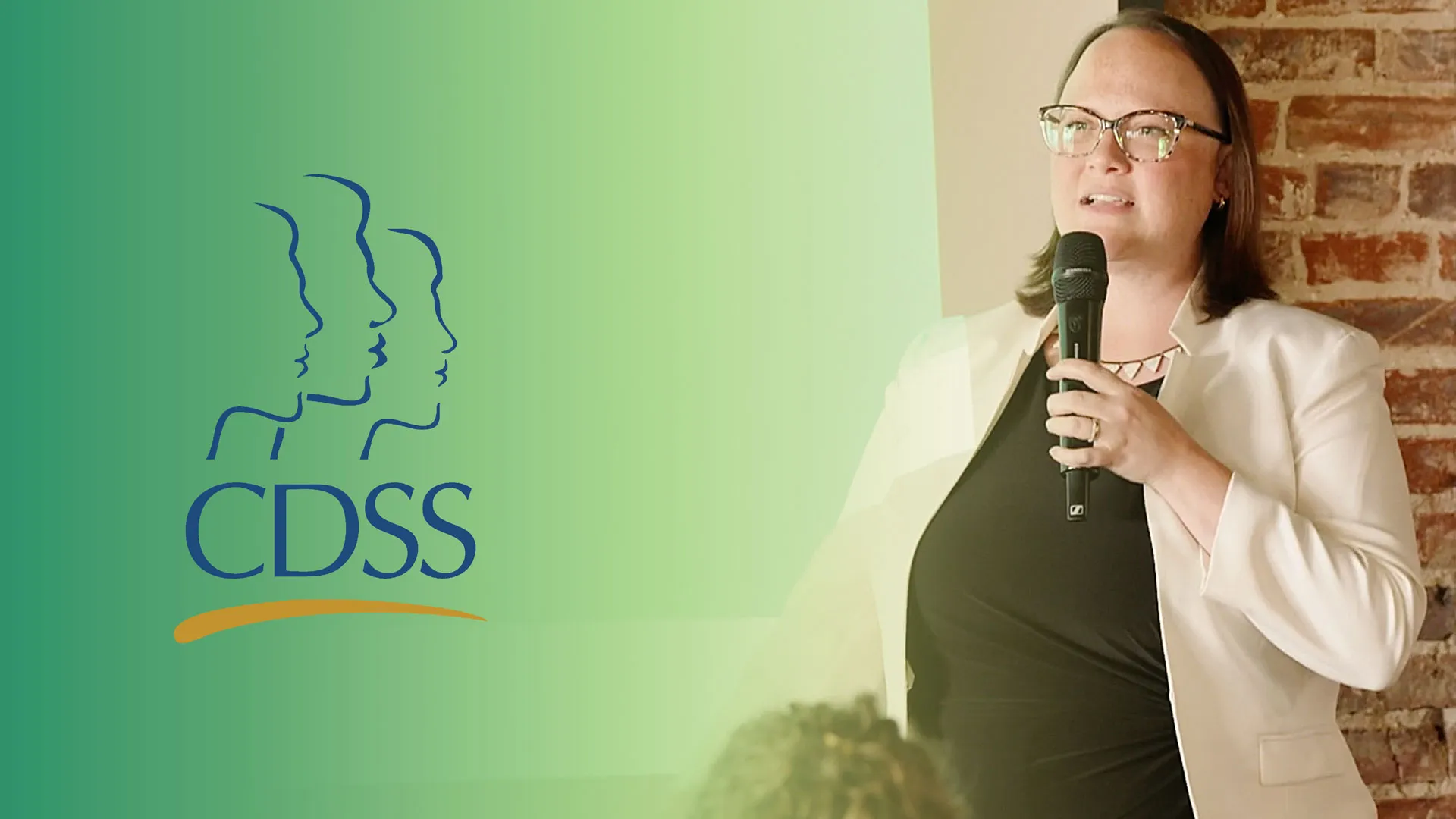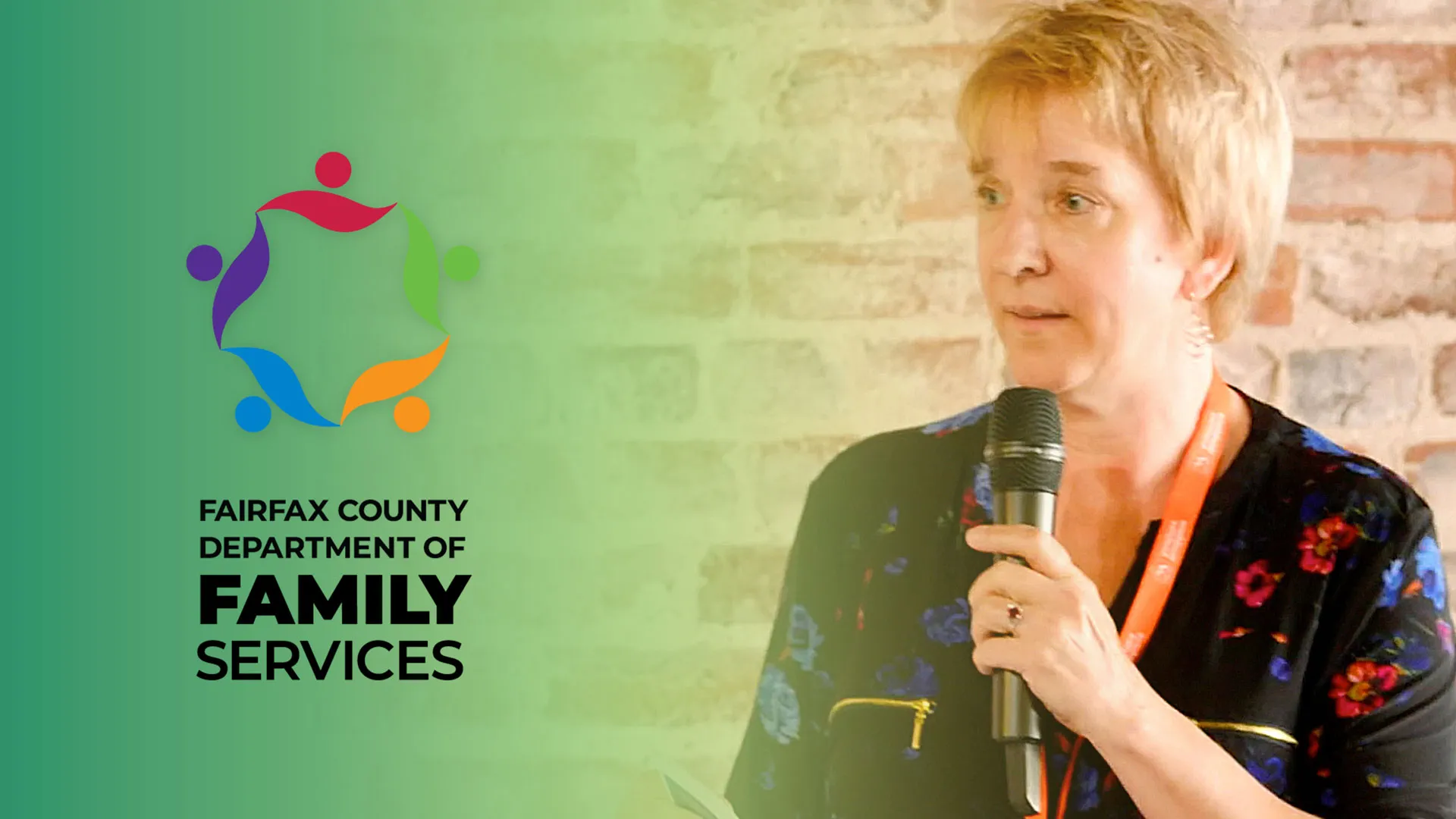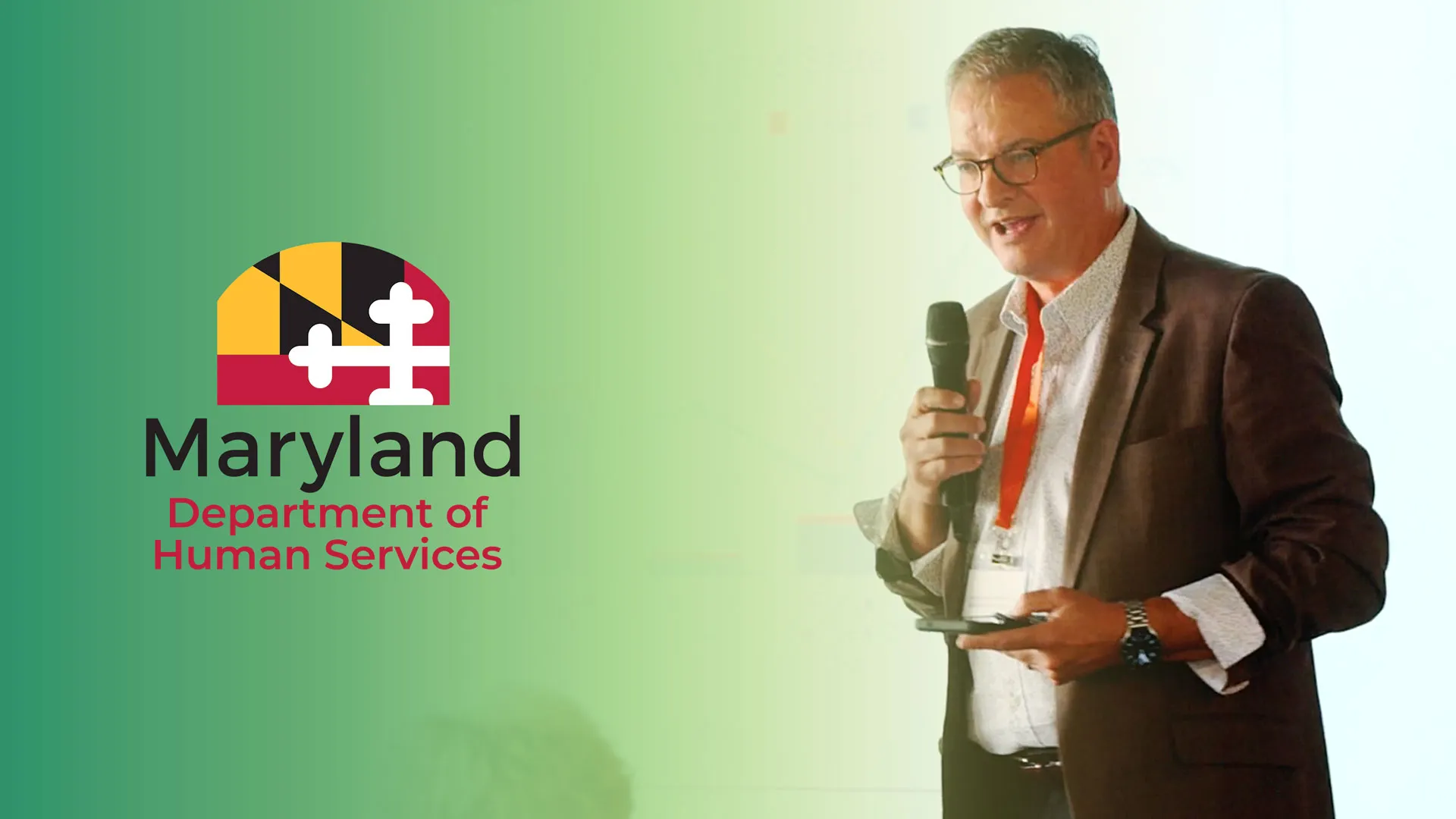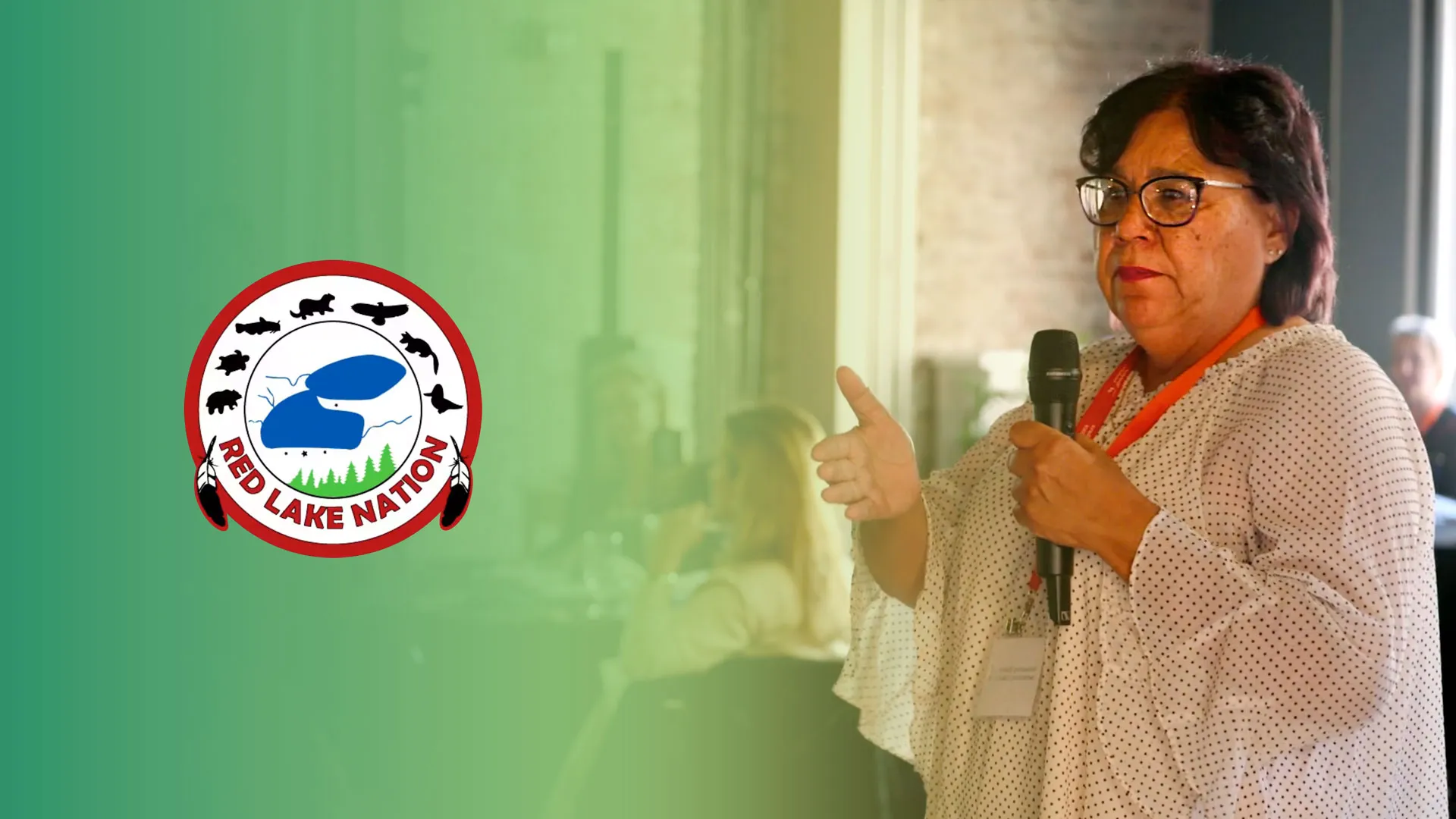Selected Project Sites
In 2024, the QIC-WA selected six child welfare agencies to participate in the identification, implementation, and evaluation of a strategy to improve their workforce outcomes. These sites are tribal, county, and state agencies interested in addressing pressing workforce challenges and building their capacity to use data to drive decision-making.

California Department of Social Services
View Case Study

Fairfax County Department of Family Services
View Case Study

Maryland Department of Human Services
View Case Study

Red Lake Nation
View Case Study

Tlingit & Haida Indian Tribes
View Case Study

Vermont Agency of Human Services
View Case Study